| Very honored to receive the Scottish Samurai Shogun Award! http://www.scottishsamurai.org/the-shogun…/william-reed.html A high honor to be listed on the Scottish Samurai Wall of Fame, under many luminaries for the Samurai Shogun Award. http://www.scottishsamurai.org/wall-of-fame.html Deep appreciation to all of the people in my life who made this possible, and especially to Ronnie Watt, who carries on this tradition as an example for us all. Thomas Glover is the man who influenced Japanese history to such a degree that he was awarded the Order of the Rising Sun by the Emperor of Japan. His achievements in that Award spanned 22 pages, and though some may have forgotten the details, evidence of his work is everywhere in modern Japan. Known as the Scottish Samurai, Thomas Glover was the original inspiration for the Scottish Samurai Awards. http://www.scottishsamurai.org/the-shogun-award/ He led a fascinating life, which is well worth remembering today. Some of my favorites: The Last Explorers: Thomas Glover, BBC Scotland http://m.tvpot.daum.net/v/v270aDOOGgGaaGGaOg7DafO The Scot who Shaped Japan, Japan Times http://www.japantimes.co.jp/…/g…/the-scot-who-shaped-japan/… Tribute to Sir Thomas Blake Glover of Nagasaki. https://youtu.be/tzbSCXUjTQ0 Synchronicity I am a believer in Serendipity and Synchronicity, because I experience them nearly every day, and sometimes with clockwork precision! Last night I stayed at the I-House, which has a wonderful library of books on Japanese culture, history, economy, you name it! https://www.i-house.or.jp/eng/ Their library rivals any collection I have ever seen, including perhaps that of many universities. I am so enthralled with it that I decided to become a member of the I-House library, something which cannot be done without an introduction and interview. This I managed, but what struck me is that literally 5 seconds within walking through their door, my eyes found sharp focus on a book called Scottish Samurai! The book is a biography of Thomas Glover, the first and most eminent Scottish Samurai! Having just received the honor of the Scottish Samurai Shogun Award, it was with amazing Synchronicity that here was this book, literally displayed as if to have been waiting for me, and calling out to me as soon as I was in range. I could not resist. I immediately applied to become a member of the I-House Library, was accepted after gaining an introduction from a member who is a close friend, and passing their interview, all with nearly lightning speed. With my newfound membership, I immediately checked out the book which found me as much as I found it, and I am looking forward to finding ever more Synchronicity inside it's pages! And check it out! The I-House was established in 1952, the year I was born. A home away from home. Life is good! |
|
2 Comments
As we get ready for second annual march in the Shingenko Matsuri, several newspaper reporters asked me, "Why do you march in Samurai Armor?"
it it is a really good question, and it led me to a really good response. although to Japanese people Samurai Armor invokes images of the Sengoku Jidai, or Civil Wars Period, in which various clans warred with each other in an effort to unify the country under their own domain, for us it has a number of additional meanings which may not be apparent to Japanese observers. Of course we are also interested in the historic reenactment, the recognition and celebration of certain elements of Samurai culture. However, the reason we march is not to fight or to conquer territory. We March to spread Under the banner of 風林火山 (Furin Kazan), "Swift as the Wind, Calm as the Foest, Penetrating as Fire, Immovable as the Mountain.", so that we can spread the idea of 文武両道 (Bunbu Ryodo), Mastery of Sword and Letters, the ideal of the Renaissance Samurai. It is significant that we march from the International College of Liberal Arts in Kofu, Yamanashi Prefecture, former home to the Takeda Clan. Martial Arts and Liberal Arts are not only compatible, they enhance each other. This is why they are an integral part of our curriculum at iCLA. And this is why we will engage in regular excursions or marches throughout the year, both inside and outside Yamanashi Prefecture. We are growing in ranks, and already getting support for our Mission from outside partners. Stay posted here in our progress. |
A poem is born, or reborn?A piece of calligraphy comes to life. Short version.
May 1987? My teacher Morioka Koshu paints a Tehon for our monthly Shodo magazine in the Sogeikai in the 1980s, and of course I have kept them all as a treasure. Feb 2017 30 years later I meet Rogier Uitenboogaart in the mountains of Kochi at Yusuhara, where he himself has been making Japanese Washi paper by hand for 30 years! April 2017 Almost exactly 30 years after I first saw the Tehon shown here, my friend Iwamoto-san at iWeave kindly presents me with the work I painted in February, wonderfully mounted on a scroll, which now hangs in my office. Here is my translation of the the Chinese poem: Laughing in the Spring breeze The dancer swirls in veils of silk. This is the time to drink up! How can you leave now, When we have hardly begun? I am not sure who wrote the original Chinese poem, but I have an idea that it was 白居易 Bai_Juyi, a Tang Dynasty poet from about 1200 years ago. A poem is born, and reborn across time and many communication platforms. https://en.m.wikipedia.org/wiki/Bai_Juyi AuthorWilliam Reed is a full time professor at iCLA (International College of Liberal Arts) Yamanashi Gakuin University in Kofu City, Yamanashi Prefecture, Japan. He is a 7th-dan in Aikido, and a Shihan in both Shodo and Nanba Jutsu. He teaches these arts at iCLA, in addition to a course on Spiritual Dimensions and Traditions in the Japanese Martial Arts. Detailed Profile on the About Page. Archives
October 2018
Categories |
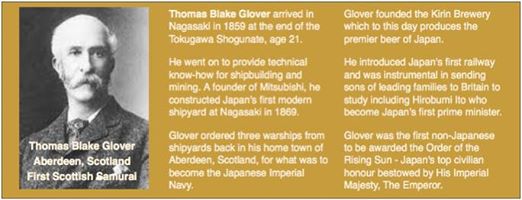
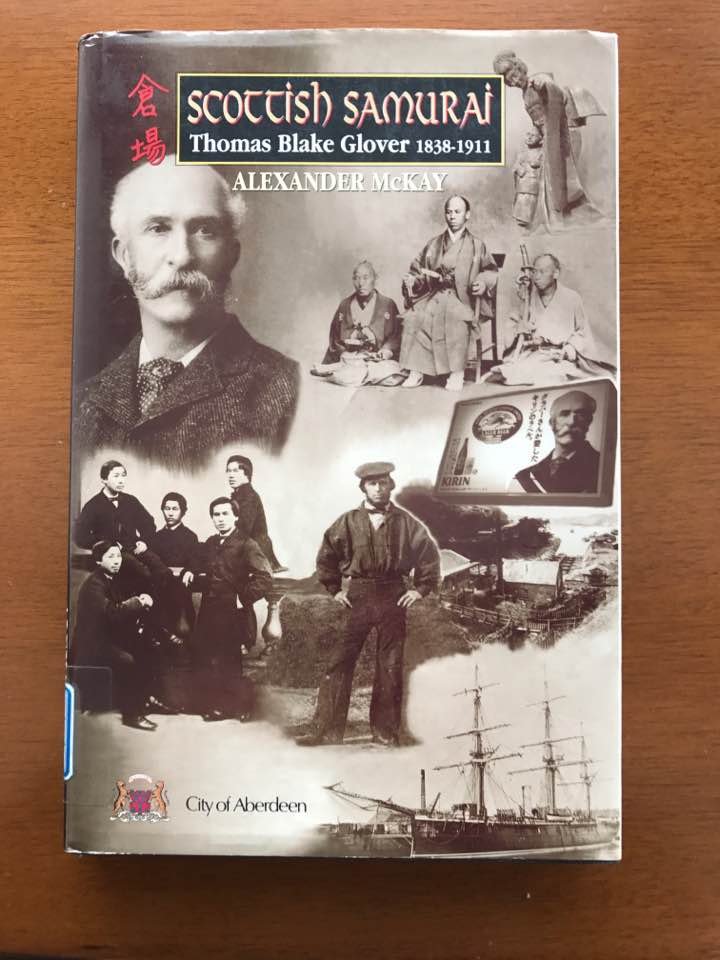
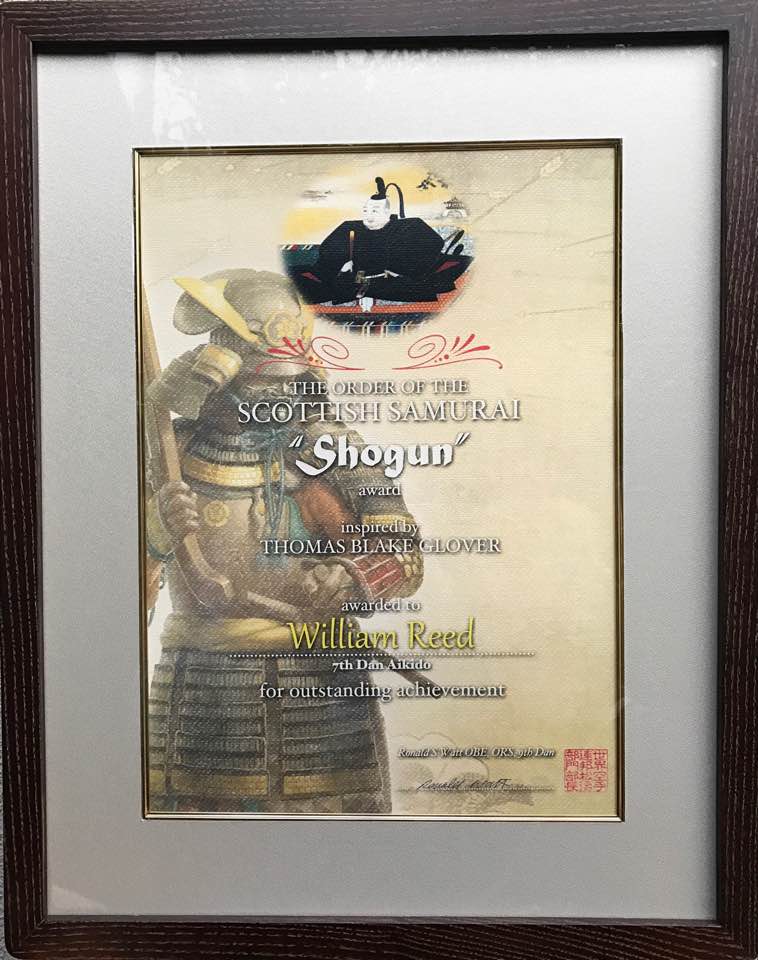
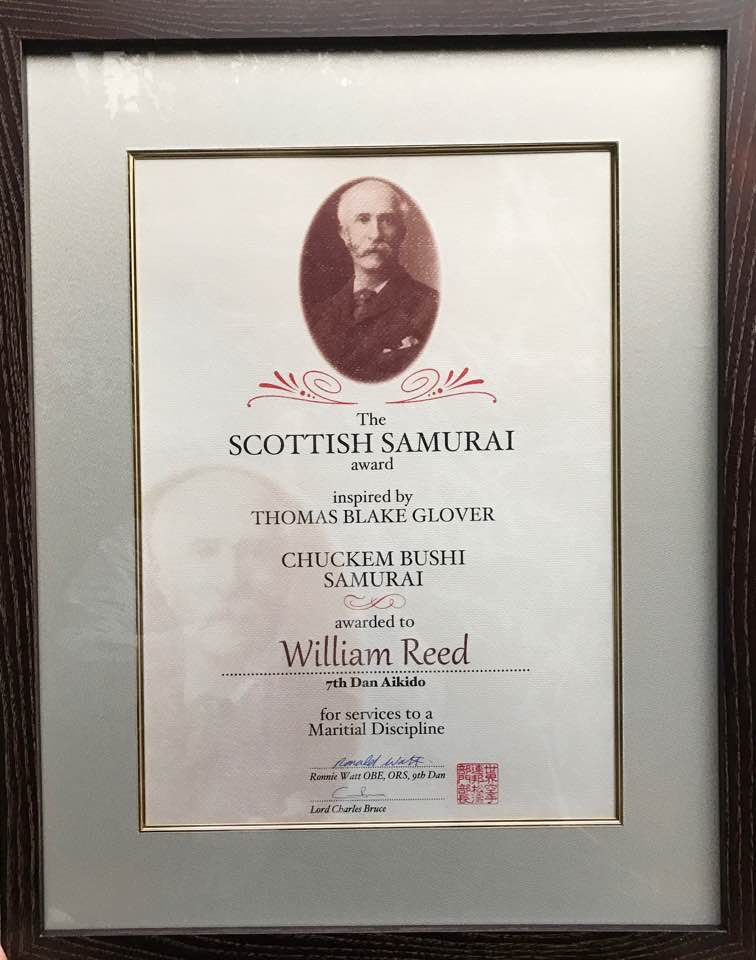
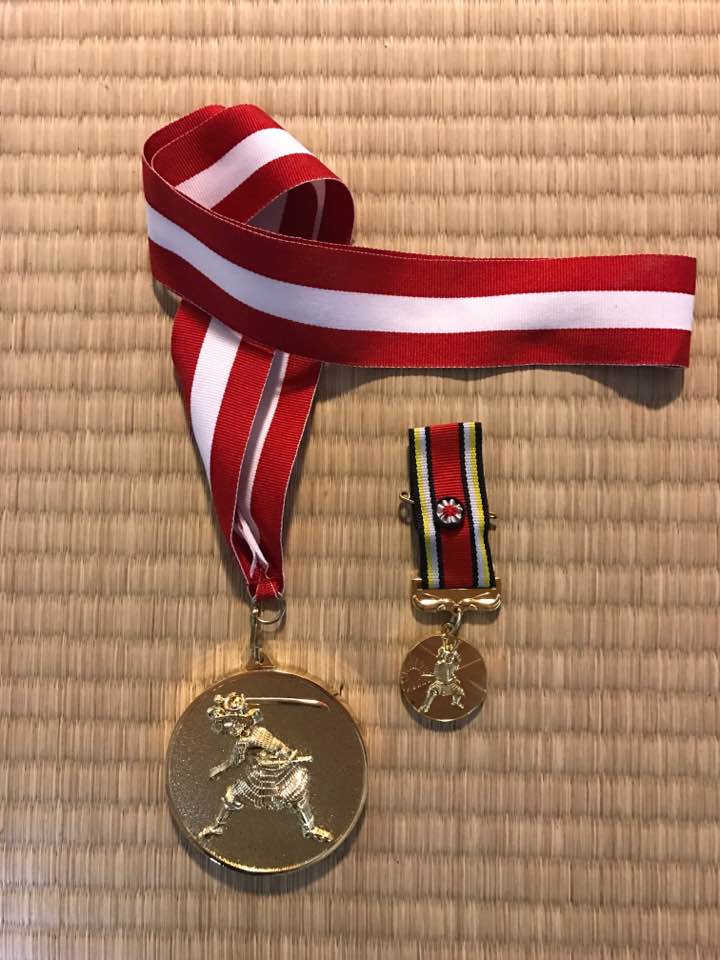
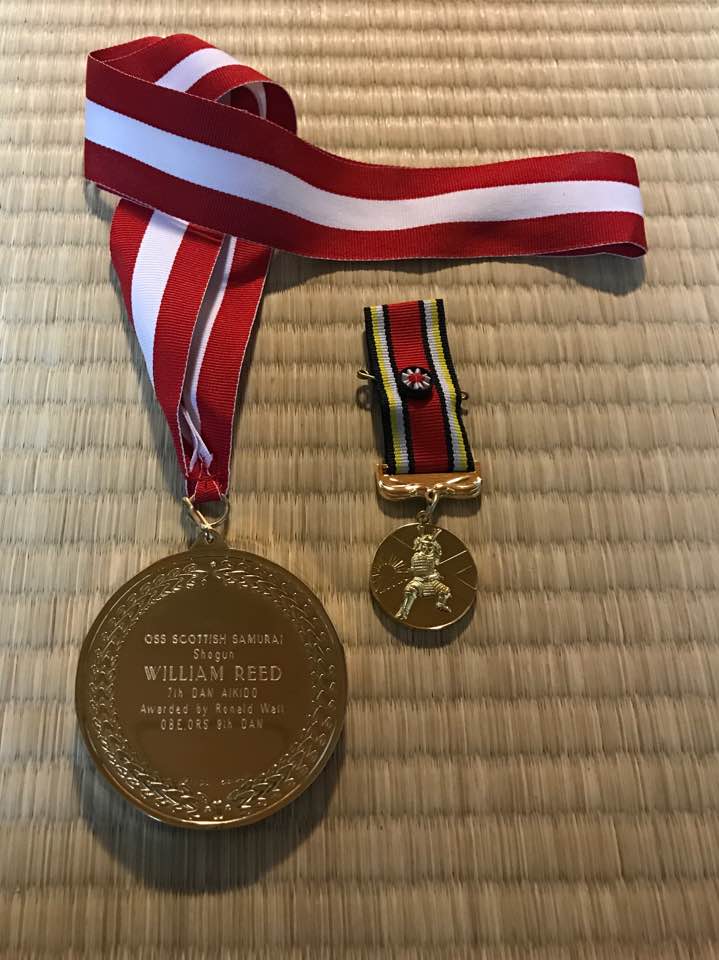
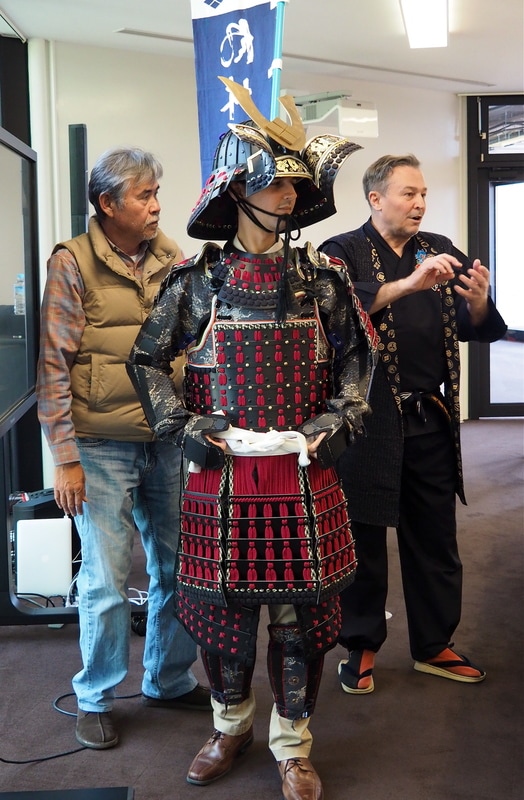
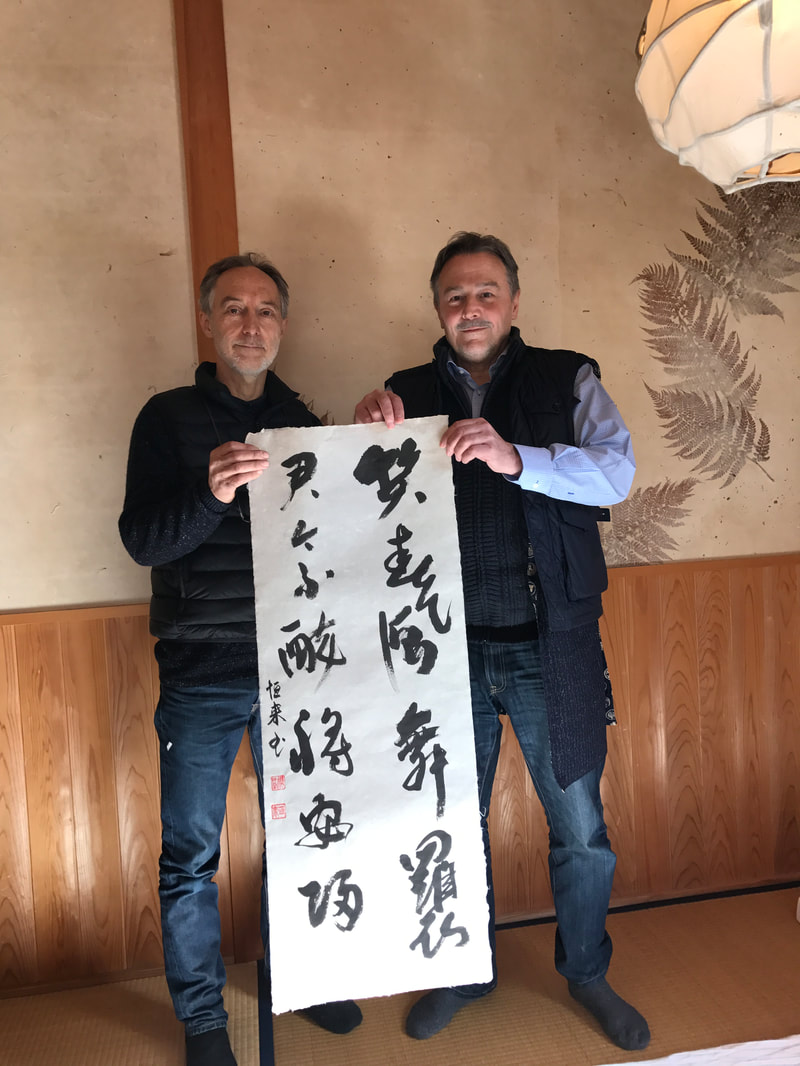

 RSS Feed
RSS Feed